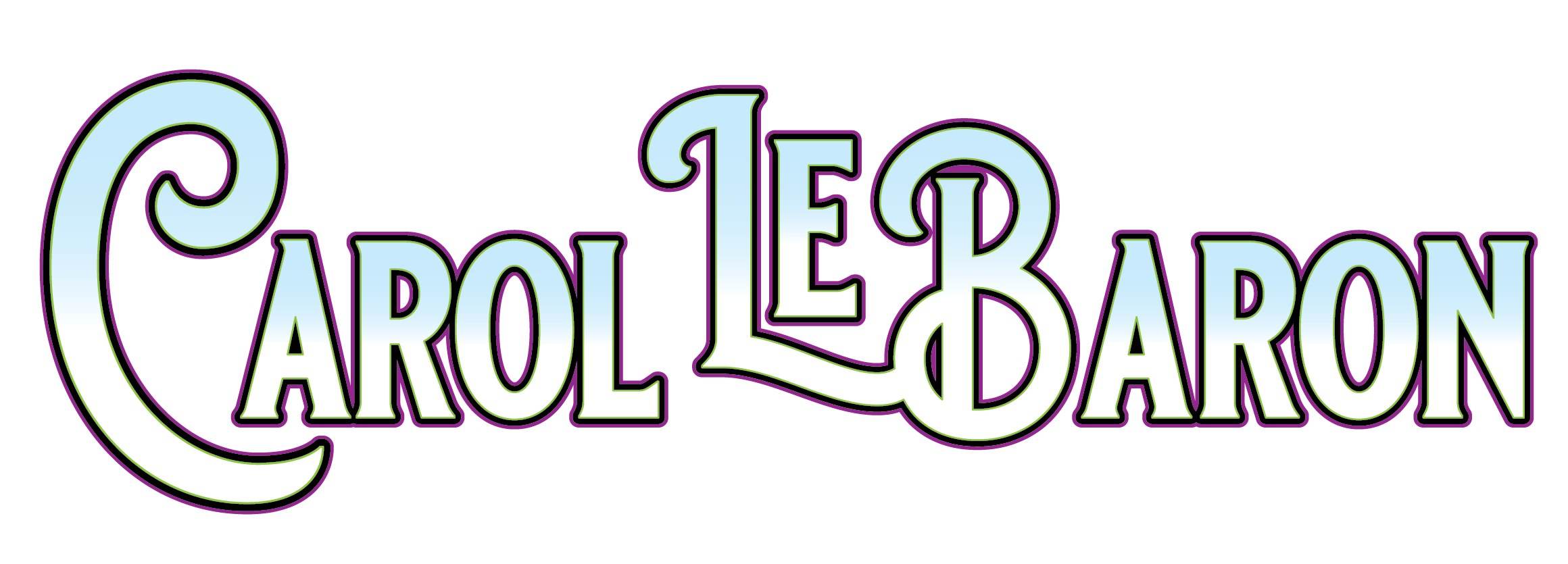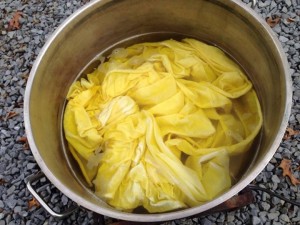I am very fond of boro. The month my father died, I was studying with Yoshiko Wada, in a workshop with an intense focus on boro textiles, history, philosophy and technique. Slowly, this sensibility is beginning to creep back into my work; and oddly enough, conceptually, seeds of ideas, past fits and starts, and half made projects along with others that are in need of mending all begin to come into play. The concept of value and sustainability together and the inherent beauty of each stitch.



